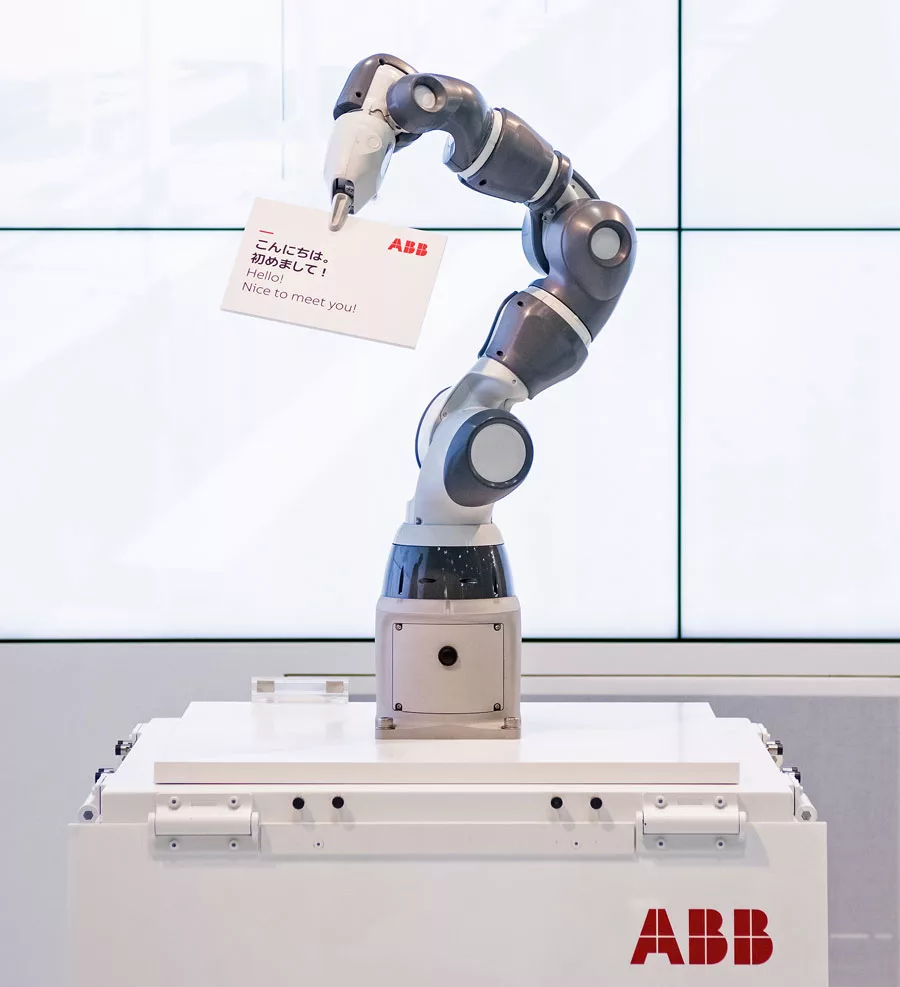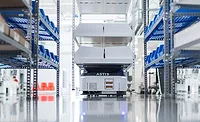Automation
China turns to robotics to solve labor shortage problems
With China's working-age population falling, labor costs are sky-rocketing, and robotics may be the solution

China has been a leader in mass production—with lots of manual labor— but coming shortages in China’s working-age population have experts concerned. In the past, labor was plentiful, and automation was not seen as a necessity.
But now, according to Robert Glass, ABB global food and beverage communications manager, because China’s working-age population is falling significantly, labor costs are increasing by 15-20 percent per year, compared to only 1.8 percent in the US. “This opens opportunities for automation across all economies,” says Glass.
In 2014, the International Federation of Robotics announced that China was buying more robots than any other country each year, partly due to government funds as part of China’s five-year plan to develop intelligent manufacturing, says Glass. “This trend has continued. In 2015, China bought more robots than every European country combined.”
Generally speaking, Chinese manufacturers are choosing to buy robots from the same suppliers as other countries, including ABB, despite there being a number of small Chinese robot manufacturers.
“This trend is driven by the Chinese Government’s 2025 initiative to support automation,” said Joe Gemma, president of the International Federation of Robotics in February of 2017. “The country aims to become a leader in automation globally.”
Given the clear manufacturing focus in several governments’ foreign policies, including the UK and US, it’s clear that the progress China is making in automating mass production is something that many countries aspire to, adds Glass. But there is also a clear reciprocal relationship, which is allowing countries around the globe to benefit from technological advances.
China’s recent past has no doubt influenced the current state of affairs. Three decades of economic growth towards the end of the last millennium was powered by the flow of labor from countryside to city in China, says Glass. This was a direct result of automation allowing workers to move into manufacturing without retraining from their agricultural background.
But, Chinese entrepreneurship led to rural inhabitants starting their own manufacturing businesses in the 1980s. To take full advantage of the economics of scale, similar entrepreneurs eventually pooled together in production areas and development zones. One example is the city of Datang, where 8 million socks are produced each year, one-third of the world’s total.
As well as being a thriving hotbed of entrepreneurship, China is also the largest food and beverage market in the world, relying heavily on imported goods, adds Glass. In an effort to produce more in the country, China’s 35,000 food processing and manufacturing plants are finding success by employing automation in innovative ways. For example, by using automation controlled LED lighting and an innovative growth liquid, Jinpeng Plant Factory outside of Beijing grows up to 15 million seedlings a year in a 14,000-sq.-ft. area.
Even in the mass markets of China, automation is being used to great benefit. Reduction in production times, increases in accuracy and repeatability, less human error and increased safety are all benefits cited by Chinese plant managers. However, in keeping with Chinese tradition, automation is being used successfully in innovative, unusual ways to achieve remarkable success.
“What you’re seeing is a really high level of investment in Chinese manufacturing, but most of this is not going to expanding capacity,” says Andy Rothman, an economist in Hong Kong. “It’s making the workers more efficient.”
For more information, contact Robert Glass at robert.glass@fi.abb.com, or visit ABB’s Food and Beverage Group.
Looking for a reprint of this article?
From high-res PDFs to custom plaques, order your copy today!








